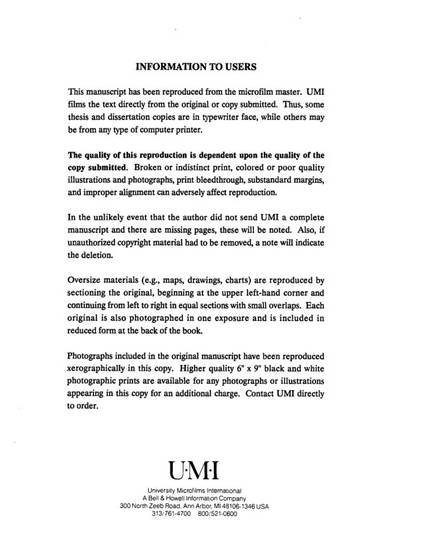
Recent initiatives in wetlands restoration offer a unique opportunity to utilize restored or constructed wetlands as nutrient sinks for non-point source pollution in regions of row-crop agriculture. The research presented here addressed the transformation and fate of nitrate in northern prairie wetlands. A combination of wetland mesocosms and microcosms was utilized to conduct controlled and replicated experiments involving nitrate transformations with the overall objectives: (1) to estimate the capacities of restored or natural northern prairie wetlands to transform nitrate, (2) to determine the fate of transformed nitrate, and (3) to begin to identify the factors which limit the sustained abilities of northern prairie wetlands to remove nitrate;Results demonstrate the considerable capacity of northern prairie wetlands to transform nitrate. Even under highly aerobic conditions, nitrate concentrations declined rapidly in all of the mesocosm and microcosm experiments. Rates of nitrate loss on a sediment area basis often exceeded one gram NO[subscript]3[superscript]--N m[superscript]-2 day[superscript]-1 in the presence of several mg NO[subscript]3[superscript]--N L[superscript]-1 and are among the highest recorded in any wetland system. Observed nitrate loss rates are clearly a function of the concentration of nitrate in the overlying water over a wide range of concentrations. Increases in the nitrate concentration of the overlying water stimulate denitrification by increasing the nitrate diffusion gradient, resulting in a higher nitrate transport rate to anaerobic zones;[superscript]15N tracer studies confirm denitrification to be the dominant fate of externally loaded nitrate in northern prairie wetlands, generally accounting for near 80% of the [superscript]15NO[subscript]3[superscript]- removed for the overlying water in both experimental wetland mesocosms and microcosms. The balance of the [superscript]15NO[subscript]3[superscript]- removed was immobilized within the live cattail fractions and their associated microbes or in the sediment and submersed litter;Plant litter plays an important role in the transformation and fate of nitrate. Measurements of dissolved oxygen profiles using microelectrodes demonstrate that the cattail litter provided anaerobic microzones necessary for nitrate reduction. Both field and laboratory experiments confirmed the promotion of nitrate reduction by plant litter, with observed nitrate loss rates at least twice as high in the presence of cattail litter in addition to wetland sediment.
Available at: http://works.bepress.com/thomas_isenhart/8/
